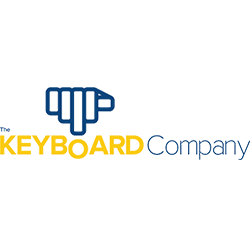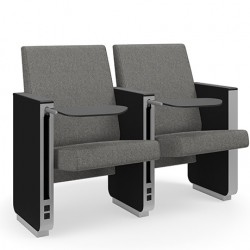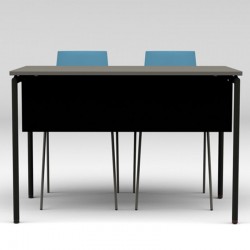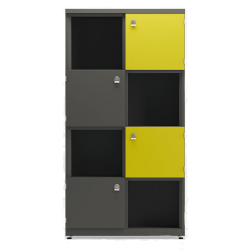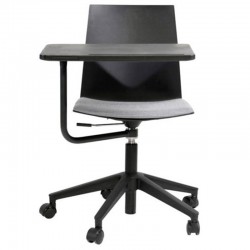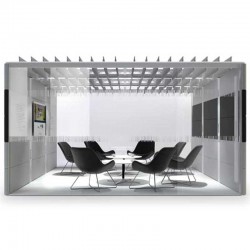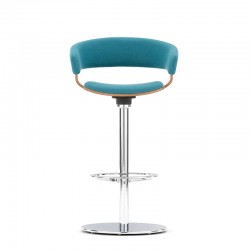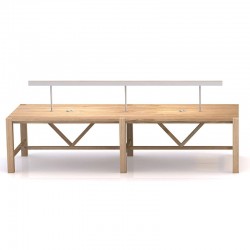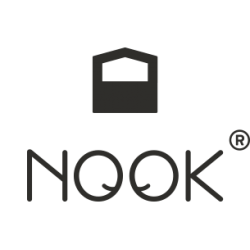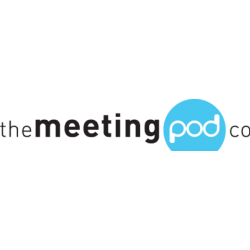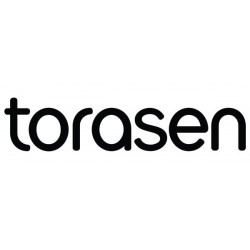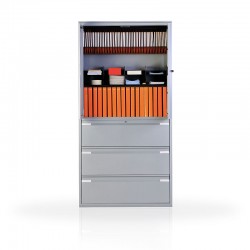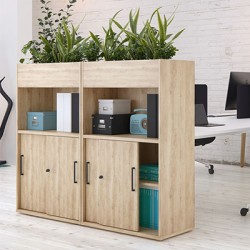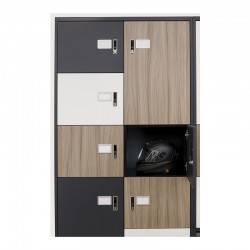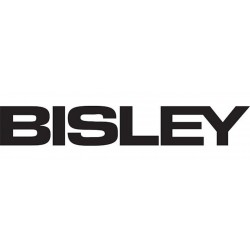Embracing a new reality - How the workplace is adapting to COVID-19 and beyond.
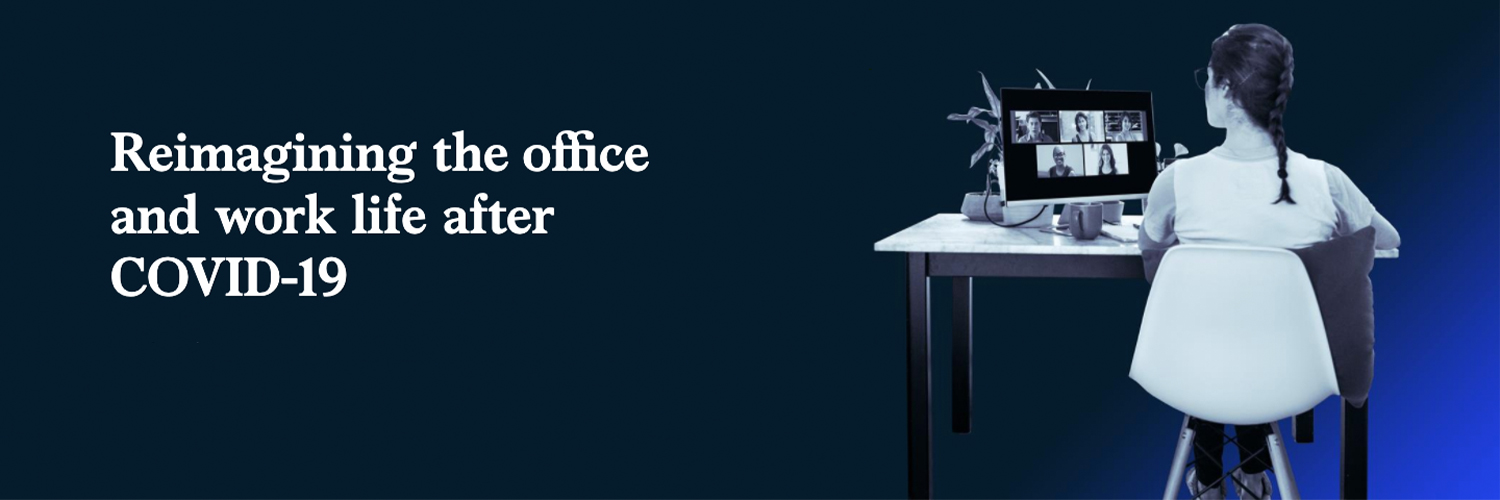
As the global pandemic begins to decelerate around the world, with global economic pressures mounting, it’s fair to say the world needs to get back to work; but is everyone ready? Businesses operating on both small and large scales are feeling the strain, especially now as they anticipate reopening their physical workplaces, with many having concerns about employee and customer safety/productivity. It’s clear that there’s a lot to be done with a lot of change required - our advice is to formulate a plan (s) for returning to work and how necessary safety measures could impact the way offices function.
But where to start? As an employer it’s your responsibility to protect employees/customers from harm/potential harm - this includes taking reasonable steps to protect your workers and others from coronavirus. In order to give a better perspective of what needs to be done we’ve collaborated with Pernix Safety Management to devise a COVID-19 risk assessment that will assist you with managing risk and protecting those within your workplace and beyond. This assessment is bespoke and has many variables depending upon the business type and the businesses' needs; for details contact a member of our sales team.
We’ve identified some workplace essentials:
Identify what work activity or situations might cause the transmission of the virus.
Identify who could be at risk
Decide how likely it is that someone could be exposed
Act to remove the activity or situation, or if this isn't possible, control the risk.
If you have fewer than five employees, you don’t have to write anything down, but it might help you if you do. Find out more about managing risk and risk assessments. Something else to consider is the advice from The Public Health England’s report (disparities in the risk and outcomes of COVID-19) that some groups are more vulnerable to being infected and/or and adverse outcomes if infected.
We have produced guidance to help you work COVID-secure and manage the risk associated with operating your business at these uncertain times, it includes practical measures businesses can take, for example:
- Putting in place social distancing measures
- Staggering shifts
- Providing additional handwashing facilities
What the government advises to put in your COVID-19 risk assessment.
What design considerations can help people work safely?

The shift from the traditional cubed office layout to open plan offices has happened right before our eyes in recent years, but what role are they going to play in the near future? Open plan spaces have essentially made office cubicles redundant in favour of a more collaborative and creatively engaging workspace environment. But with the current climate taken into consideration - their stay may be short lived. Workplace scenario planning is a useful tool that can help you create a phased return-to-workplace strategy for your employees. This essentially is the reduction in total seats that will help maintain a six-foot physical distance whilst work continues as normal. In reference to the above graphic - is an example of how a collaborative office can be altered to promote individual workstations.
Is six-foot social distancing full proof?
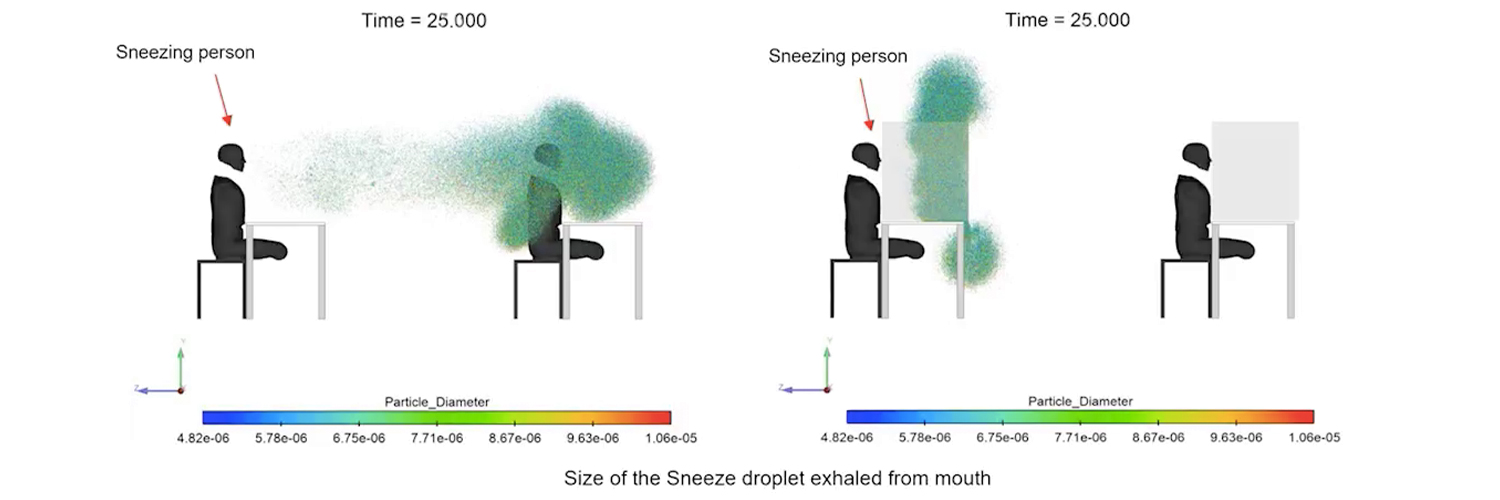
With workplace safety at the forefront of everybody's mind, sneeze guards and desk protection screens have been the favourable solution towards achieving a COVID-secure workplace. The above image displays the findings from a recent study conducted by Altran (in collaboration with Humanscale). It effectively displays how “six feet” isn’t necessarily enough space to protect microdroplets from spreading. However, the study clearly displays that separation/protection panels are a proven remedy to effectively reduce the dispersion of microdroplets. At DS we partner with a range of manufacturers to enable us to the markets top protective screen solutions; discover our range.
How to maintain acceptable levels of hygiene in the workplace?
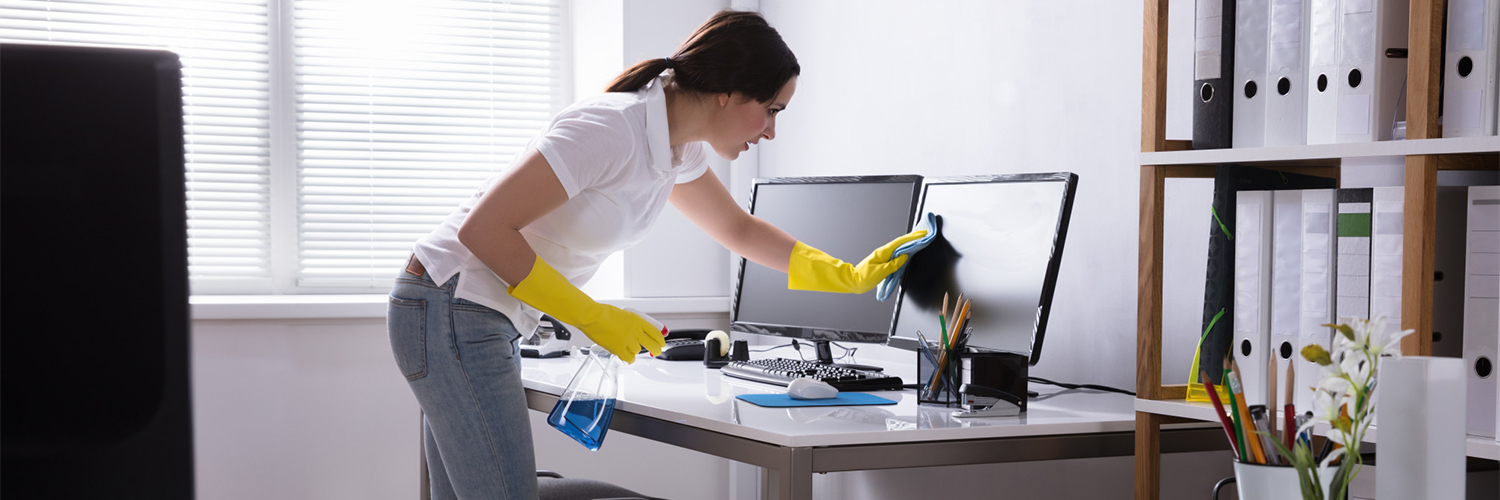
The research shows that coronavirus can transfer from humans to surfaces and vice versa, it can be spread as simply by those who touch the same surface as someone who’s currently infected, becoming infected. Keeping your workplaces clean (to a satisfactory standard) reduces the potential for coronavirus to spread and is a critical part of ensuring businesses remain ‘COVID-secure’. But what can be done? The government's advice is for the use of signs and posters to help those within your workplace practice an effective handwashing technique and to remind them to cough/sneeze into an arm and avoid touching their faces; another service our COVID-19 essential package offers.
- It is also suggested that equipment is cleaned frequently the advice given is to:
- Set clear guidelines for the use and cleaning of toilets, showers and changing facilities to make sure they are kept clean and social distancing is achieved as much as possible
- Clean work areas and equipment between uses
- Frequently clean and disinfect objects and surfaces that are touched regularly
- If equipment like tools or vehicles are shared then clean them after each use
PPE is it really necessary?
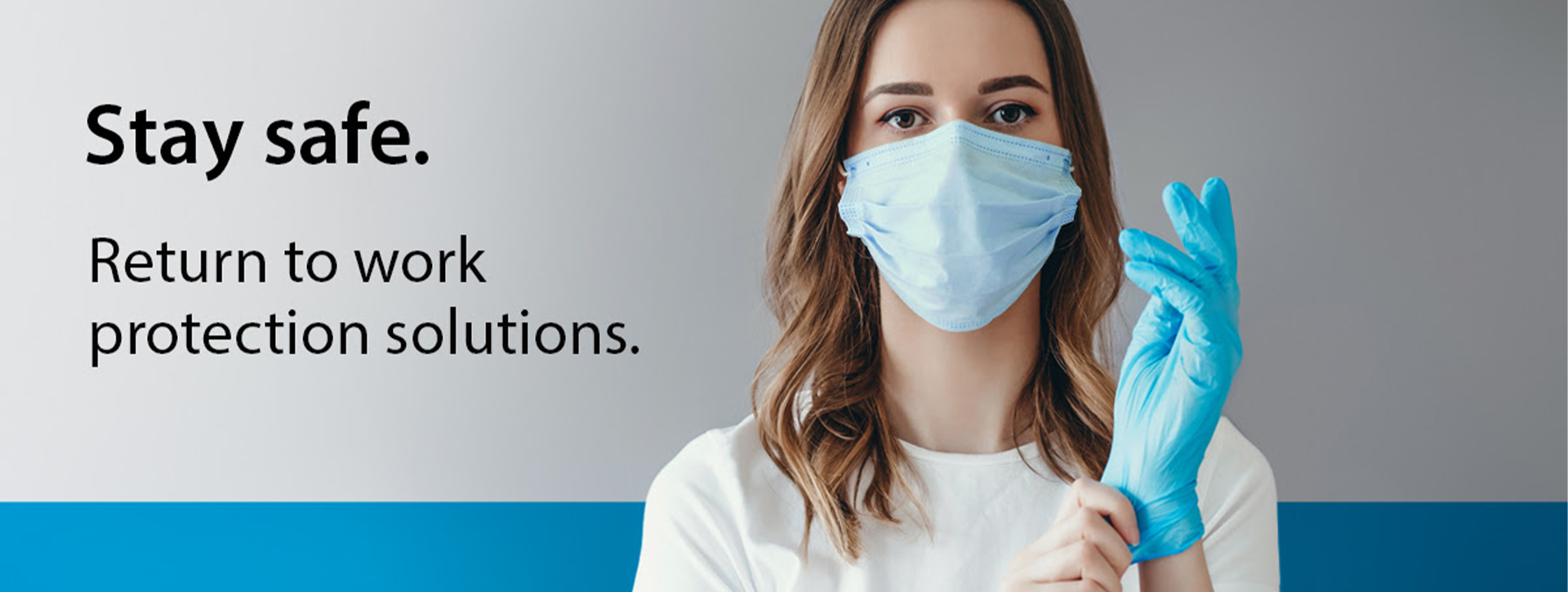
It is now the case (in England) that it's a legal requirement to wear a face-covering in the following settings: public transport, indoor transport hubs, and shops. But what is the advice for those in an office-based workplace? Although it’s not a legal requirement it can be a sufficient step to preventing contamination. We offer a range of PPE solutions including; medal grade gloves and masks.
If you require any further information on the above please do not hesitate to reach out to us directly at enquiries@ds-ergonomics.com.


-250x250.jpg)
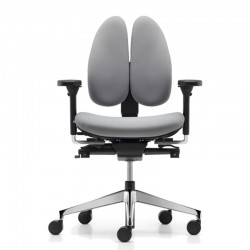
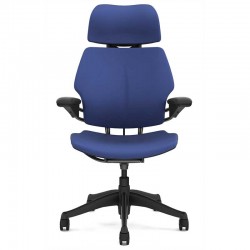



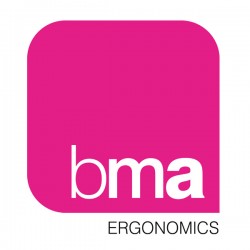



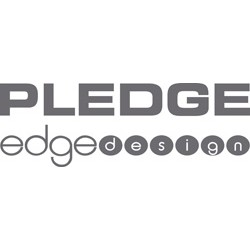



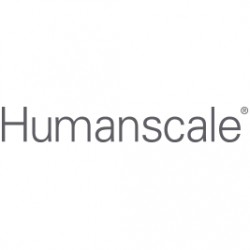
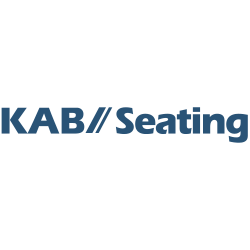

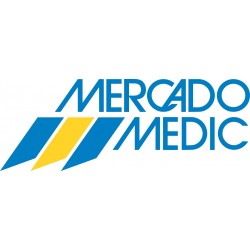




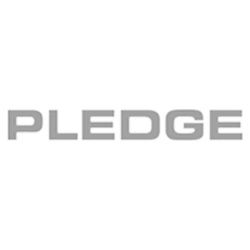

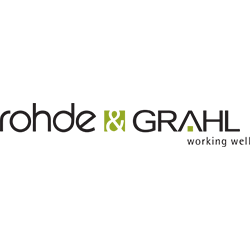





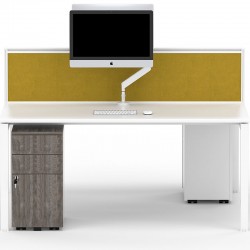
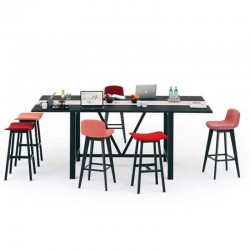
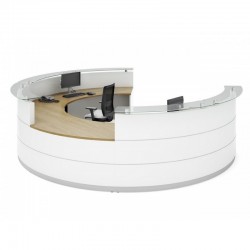
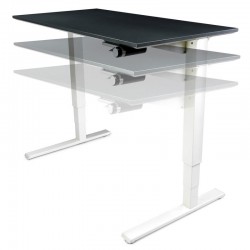
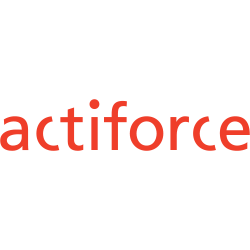


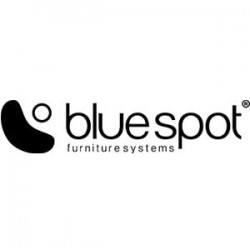



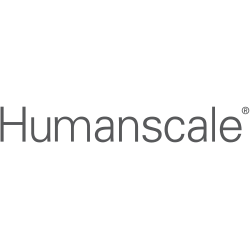
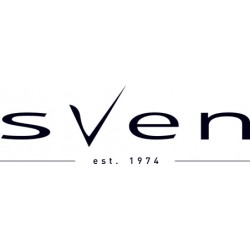
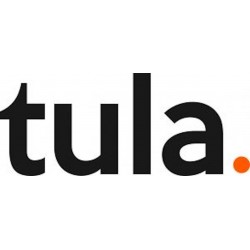
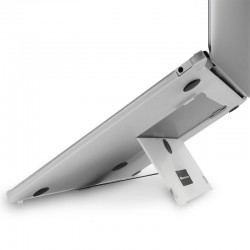
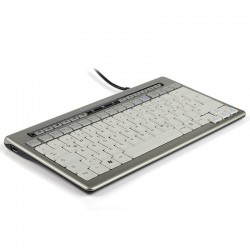
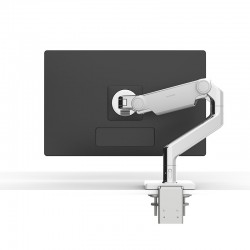
-250x250.jpg)




